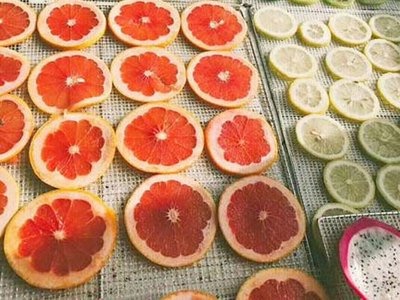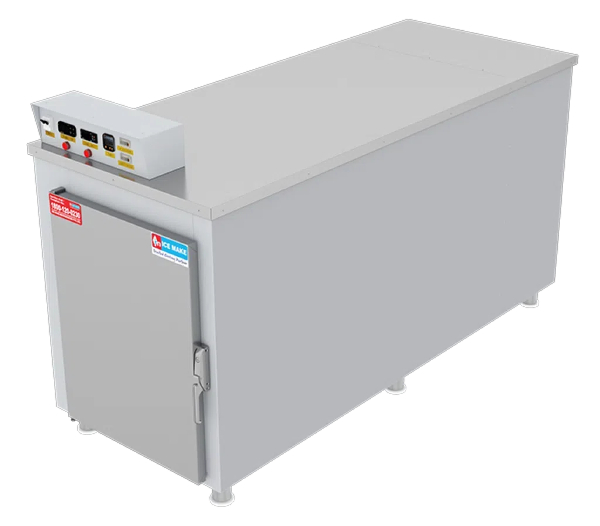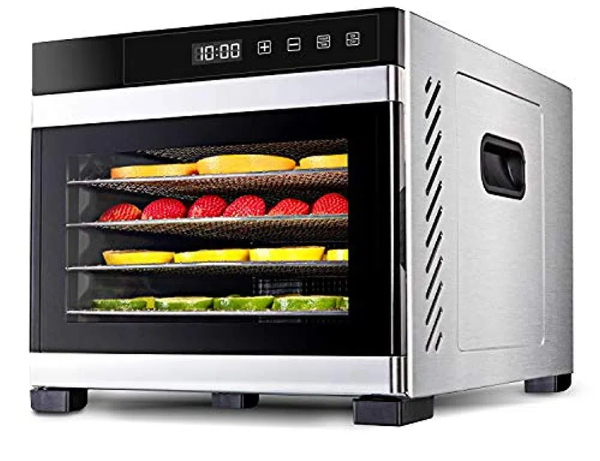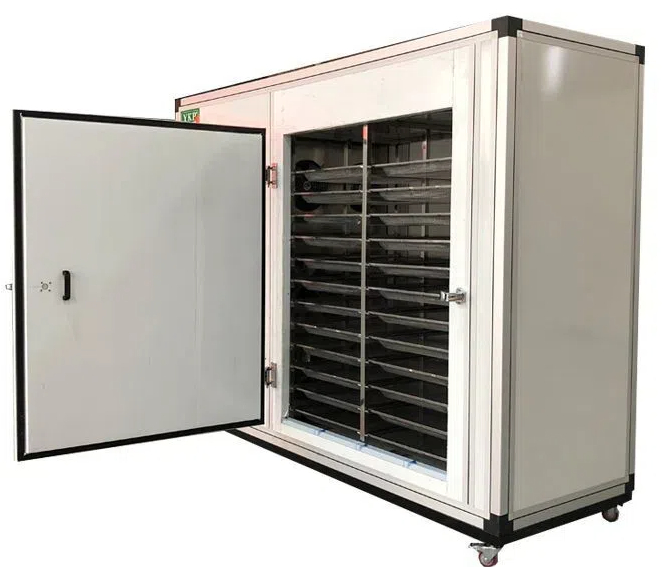
Content Menu
● What Are Dryer Balls?
● Types of Dryer Balls
● How Do Heat Pump Dryers Work?
● Key Features of Heat Pump Dryers
● Benefits of Using Dryer Balls in Heat Pump Dryers
● Drawbacks of Using Dryer Balls in Heat Pump Dryers
● How to Use Dryer Balls Effectively in Heat Pump Dryers
● Comparisons with Other Drying Methods
>> Traditional Vented Dryers vs. Heat Pump Dryers
>> Alternatives to Dryer Balls
● Conclusion
● Frequently Asked Questions
>> 1. Do dryer balls really reduce drying time?
>> 2. Can I use any type of dryer ball?
>> 3. How many dryer balls should I use?
>> 4. Will using dryer balls void my warranty?
>> 5. Are there any alternatives to dryer balls?
Dryer balls have become a popular accessory for many households, promising to reduce drying time, soften fabrics, and minimize static cling. However, when it comes to using dryer balls in heat pump dryers, there are several factors to consider. This article explores the effectiveness of dryer balls in heat pump dryers, their benefits, potential drawbacks, and practical tips for optimal use.

What Are Dryer Balls?
Dryer balls are typically made from materials such as wool, plastic, or rubber and are designed to be tossed into the dryer with wet laundry. Their primary function is to separate clothes as they tumble, allowing hot air to circulate more freely, which can theoretically lead to faster drying times.
Types of Dryer Balls
1. Wool Dryer Balls: Made from 100% natural wool, these balls are eco-friendly and help reduce drying time while softening fabrics. They can also absorb moisture, which aids in the drying process.Wool Dryer Balls
2. Plastic Dryer Balls: Often designed with spikes or bumps, these balls claim to enhance airflow and reduce static. They may not be as effective in softening fabrics compared to wool.Plastic Dryer Balls
3. Rubber Dryer Balls: Similar in function to plastic ones but often marketed as being more durable. They can also help reduce wrinkles and static.Rubber Dryer Balls
How Do Heat Pump Dryers Work?
Heat pump dryers operate differently from traditional vented or condenser dryers. They use a closed-loop system that recycles hot air within the drum. This method is more energy-efficient but may also affect how dryer balls perform.
Key Features of Heat Pump Dryers
1. Energy Efficiency: Heat pump dryers consume significantly less energy than conventional dryers because they recycle hot air instead of venting it outside.
2. Lower Operating Temperatures: These dryers operate at lower temperatures, which is gentler on fabrics but may require longer drying times.
3. Moisture Removal: Heat pump dryers extract moisture from clothes and condense it into water, which is then pumped out or collected in a reservoir.
Benefits of Using Dryer Balls in Heat Pump Dryers
1. Increased Airflow: By keeping clothes separated, dryer balls can help maintain airflow within the drum, which is crucial for heat pump dryers that rely on efficient air circulation.
2. Reduced Static Cling: Many users report that dryer balls help reduce static electricity in synthetic fabrics, which can be particularly beneficial during colder months.
3. Eco-Friendly Option: Wool dryer balls are a sustainable alternative to fabric softeners and dryer sheets. They can last for hundreds of loads without needing replacement.
4. Softening Fabrics: Wool dryer balls naturally soften clothes without the use of chemicals found in commercial fabric softeners.
5. Cost-Effective: While the initial investment may be higher than traditional fabric softeners or dryer sheets, dryer balls can save money over time due to their reusability.

Drawbacks of Using Dryer Balls in Heat Pump Dryers
1. Limited Impact on Drying Time: Some studies suggest that while dryer balls can help slightly reduce drying time, they may not be as effective in heat pump dryers compared to traditional models. For instance, certain tests have shown negligible differences in drying efficiency when using dryer balls.
2. Potential for Increased Noise: The tumbling action of dryer balls can create noise as they bounce around the drum, which might be bothersome for some users.
3. Overloading Concerns: Using too many dryer balls may lead to an overloaded dryer drum, which can hinder performance rather than improve it.
4. Fabric Compatibility: Some delicate fabrics may not respond well to the agitation caused by dryer balls. It’s essential to consider fabric type when deciding whether to use them.
How to Use Dryer Balls Effectively in Heat Pump Dryers
1. Quantity: For optimal results, use 3-6 wool dryer balls per load. This number helps maintain airflow without overloading the drum.
2. Load Size: Ensure not to overload the dryer; a full load is fine but should allow enough space for the clothes and dryer balls to move freely.
3. Material Consideration: Opt for wool dryer balls if you want a natural option that is less likely to cause noise compared to plastic alternatives.
4. Pre-Treating Clothes: If you're concerned about static cling or want extra softness, consider lightly spraying clothes with water before adding them to the dryer with dryer balls.
5. Regular Maintenance: Clean your dryer lint filter regularly and ensure that your heat pump dryer's condenser is free from lint buildup for optimal performance.
Comparisons with Other Drying Methods
Traditional Vented Dryers vs. Heat Pump Dryers
Traditional vented dryers expel hot air outside while drawing in fresh air for drying clothes quickly at high temperatures. In contrast, heat pump dryers recycle air within the system and operate at lower temperatures:
1. Efficiency: Heat pump dryers are generally more energy-efficient than traditional vented models.
2. Drying Time: Vented dryers typically dry clothes faster due to higher temperatures.
3. Fabric Care: Heat pump dryers are gentler on fabrics due to lower heat settings.
Alternatives to Dryer Balls
If you're looking for alternatives or want to enhance your drying experience further:
1. Tennis Balls: Clean tennis balls can be used similarly to dryer balls; they help fluff up laundry and reduce drying time.Tennis Balls
2. Aluminum Foil Balls: Crumpled aluminum foil can also serve as an alternative; they help reduce static cling but may not provide the same level of softness as wool.Aluminum Foil Balls
3. Commercial Fabric Softeners: While these products can provide softness and fragrance, they often contain chemicals that some users prefer to avoid.
Conclusion
Using dryer balls in heat pump dryers can offer some benefits such as improved airflow and reduced static cling; however, their impact on drying efficiency may be limited compared to traditional dryers. Wool dryer balls are particularly recommended for those looking for an eco-friendly option that softens fabrics while reducing static.In summary, while incorporating dryer balls into your laundry routine with a heat pump dryer is feasible and can enhance your drying experience, it's essential to understand their limitations and best practices for use.

Frequently Asked Questions
1. Do dryer balls really reduce drying time?
While some users report a reduction in drying time, studies have shown that the effect is minimal—often just a few minutes.
2. Can I use any type of dryer ball?
Yes, you can use wool, plastic, or rubber dryer balls in heat pump dryers; however, wool balls are often preferred for their eco-friendliness and quieter operation.
3. How many dryer balls should I use?
Using 3-6 wool dryer balls per load is generally recommended for optimal performance without overloading the drum.
4. Will using dryer balls void my warranty?
No, using dryer balls should not void your warranty; however, always check your manufacturer's guidelines to ensure compatibility.
5. Are there any alternatives to dryer balls?
Yes, alternatives include using clean tennis balls or aluminum foil balls; both can help reduce static and improve drying efficiency.












